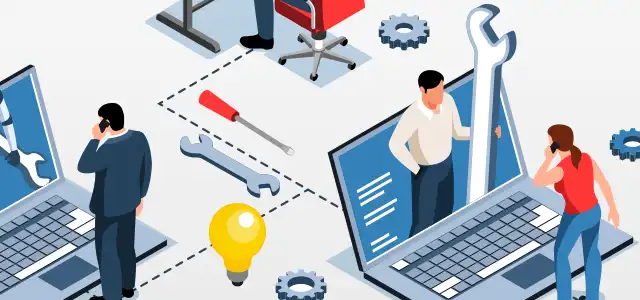Division of Technology Services

What we are doing
We are committed to continuing to provide innovative solutions and exceptional services to the executive branch state agencies. See our initiatives, successes, and our strategic plan.
What we are doing

Services we offer
We are the IT service provider for the executive branch of the state of Utah, offering state agencies a wide variety of services.
See our services

Employee Resources
Access state of Utah employee resources, such as:
- DTS IT Service Portal (Get Help)
- DHRM Employee Gateway
- and more!
Go to Employee Site
Latest News
December
13
Dec. 13, 2023
Utah Ranked #1 in Delivering Digital Government Services
State of Utah ranked first overall by national research and advisory institute The Center for Digital Government ranked Utah first
November
30
Nov. 30, 2023
Utah Design System
Designed for Utah The Utah Design System is a resource when implementing new or upgrading Utah websites and applications. It
Read More News
You might also like...
Utah Design System
See the resources and guiding principles for Utah websites and applications.
Utah Cyber Center
The Utah Cyber Center provides statewide security and helps defend against future cyber attacks.
Utah Geospatial Resource Center
UGRC is the State of Utah’s map technology coordination office.